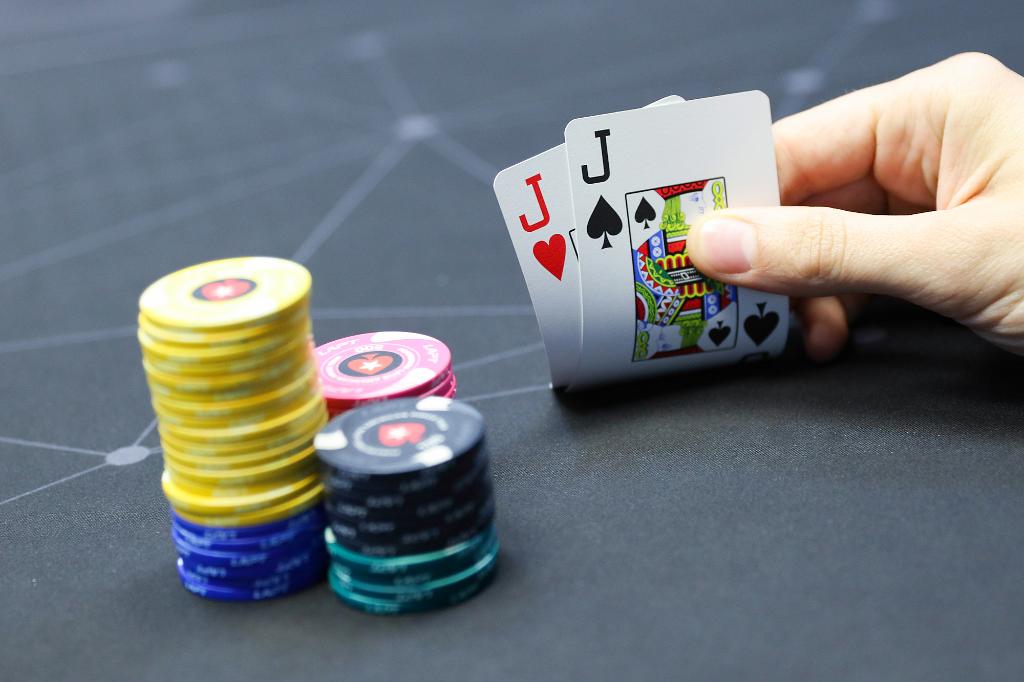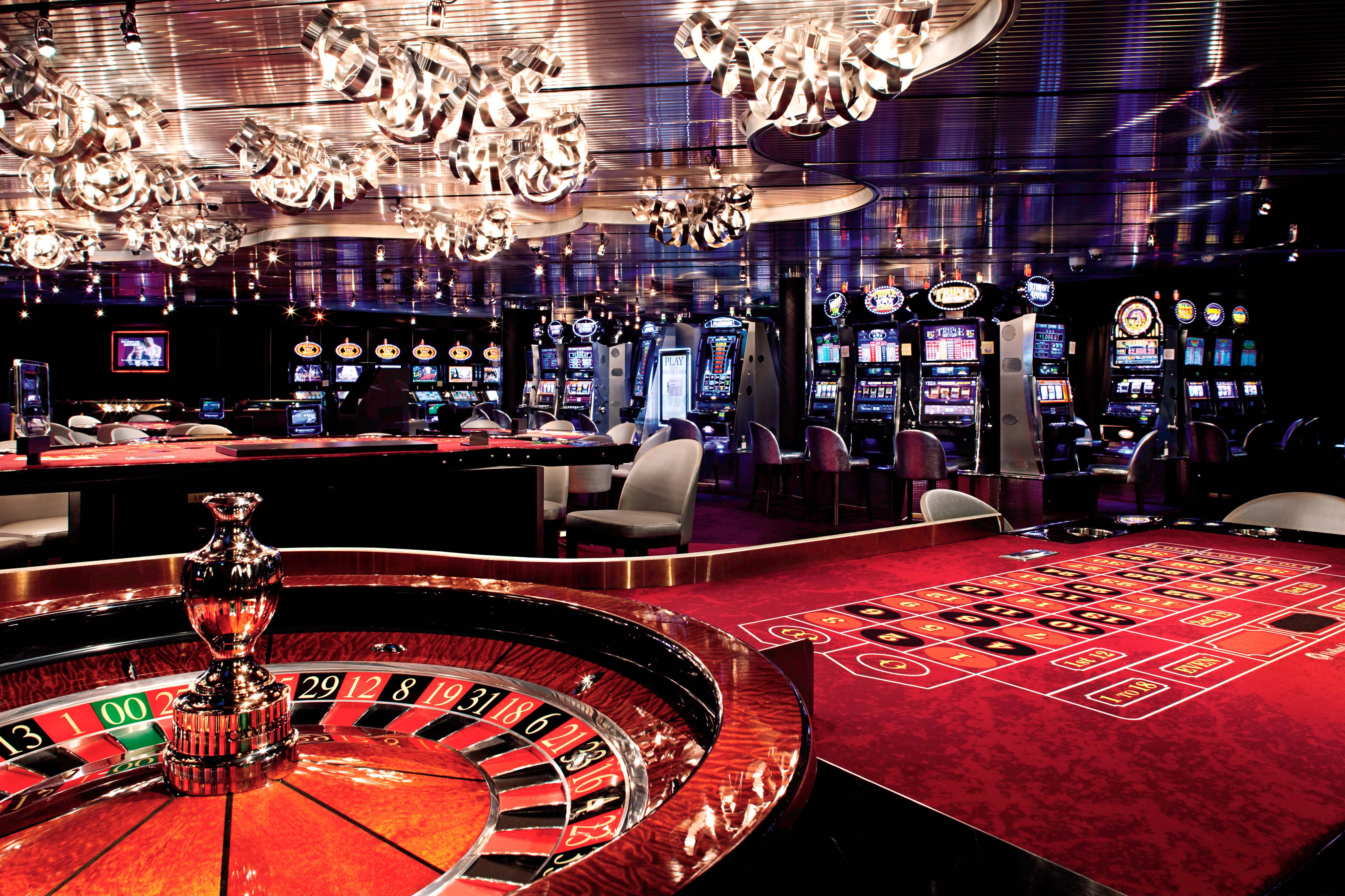Introduction
How Do Blinds Work In Poker: In a game poker, the blinds play a crucial role in shaping the betting structure and creating action at the table. The blinds are mandatory bets that two players, known as the small blind and the big blind, must place before the cards are dealt. The purpose of blinds is to ensure there is money in the pot for players to compete for, even if all other players choose to fold.
The small blind is typically placed by the player sitting to the left of the dealer button, while the big blind is placed by the player sitting to the left of the small blind. The amounts of the blinds are predetermined and set by the table stakes or the specific poker variant being played.
Once the blinds are posted, the action begins with the player sitting to the left of the big blind. This player has the option to call, raise, or fold. The betting continues clockwise around the table until all players have had the opportunity to act.
The blinds have a significant impact on the dynamics of the game, as they create a cost for players to enter the pot. They also ensure that there is always something at stake, which encourages players to be more active and make strategic decisions based on the size of the blinds and their own hand strength.
How do blinds go up in poker?
Before the tournament begins, the players will agree to a blinds structure, usually set by the tournament organizer. This structure defines how long each round is and how much the blinds increase per round. Typically, they are increased at a smooth rate of between 25% and 50% per round over the previous round.
In most poker tournaments, the blinds increase at regular intervals to ensure the progression of the game and prevent excessively long play. The blinds going up means that the required blind bets increase in value. The specific timing and amount of the blind increases are determined by the tournament structure or the agreed-upon rules in a cash game.
In a tournament, the blind levels are typically pre-determined and increase at specific time intervals, such as every 15 minutes or every hour. The increases can be incremental, for example, doubling the blinds each level, or follow a predefined structure set by the tournament organizer.
In cash games, the blinds may increase if the players agree to a “straddle” bet, where a player voluntarily puts in a larger blind amount to increase the stakes for that hand. This can lead to subsequent players needing to place larger blinds or raises.
Overall, the purpose of blinds going up is to maintain the pace of the game, increase the pressure on players, and ensure the progression of the tournament or cash game.
How do blinds rotate in poker?
Many of the world’s most popular poker variants use a system involving a button, small blind, and big blind. The blinds function as obligatory bets that rotate around the table, shifting one player clockwise after each hand.
In a poker game, the positions of the blinds rotate clockwise around the table after each hand. This ensures that every player at the table gets an opportunity to be in the blind positions (small blind and big blind) an equal number of times over the course of the game.
The rotation of blinds starts with the player to the left of the dealer button, who becomes the small blind for the next hand. The player to their left then becomes the big blind. The dealer button, also known as the dealer position or simply the button, moves one position to the left after each hand, indicating the player who would be dealing the cards.
As the dealer button moves, the players’ positions relative to the blinds change. The player who was in the big blind position in the previous hand will now be the small blind, and a new player will assume the big blind. This rotation continues throughout the game, ensuring fairness and equal distribution of the blind positions among all players.
Who bets first in poker with blinds?
Order of betting
In general, the person to the left of the dealer acts first and action proceeds in a clockwise fashion. If any player has folded earlier, action proceeds to next player. In games with blinds, the first round of betting begins with the player to the left of the blinds.
In poker, after the blinds have been posted, the player who acts first in the betting round depends on the specific street of play. Here’s a breakdown of the order of betting:
1. Pre-Flop: The player to the left of the big blind is the first to act. This position is often referred to as “under the gun” or UTG.
2. Flop: Once the pre-flop betting round is complete, the dealer places three community cards face-up on the table. The player who is “under the gun” (the first to act pre-flop) will also be the first to act on the flop.
3. Turn: After the flop betting round is complete, the dealer reveals the fourth community card, known as the turn. The player who was first to act on the flop will be the first to act again on the turn.
4. River: Following the turn betting round, the dealer reveals the fifth and final community card, known as the river. The player who acted first on the turn will also be the first to act on the river.
It’s important to note that if a player in one of the blind positions folds before the action reaches them, the next player in the sequence will act first.
Is big blind the best position in poker?
The Big Blind is the most important position in poker. You will play looser here than any position. It is important to defend your blind properly and reduce the effectiveness of other players raises. The best players in the world know exactly how important it is to have strong big blind play.
In poker, the positions at the table, including the big blind, have their own advantages and disadvantages, and what is considered the “best” position can vary depending on factors such as the specific game variant, playing style, and table dynamics. However, the big blind position is generally not considered the most advantageous position in poker.
The big blind has the disadvantage of being forced to make a mandatory bet before seeing their hole cards, which can put them at a slight disadvantage compared to other positions. Additionally, in subsequent betting rounds, the big blind often acts first, which gives their opponents more information to make their decisions.
On the other hand, the big blind does have the benefit of already having a partial investment in the pot, which can provide better pot odds if faced with a raise. It also ensures that the big blind will have the opportunity to act in each round of betting.
Overall, the best position in poker is subjective and can depend on various factors. Skilled players can adapt their strategies to any position and find ways to maximize their advantage regardless of where they are seated at the table.

What is the strongest position in poker?
The Button – Dealer (also classed as a LP)
In terms of advantage it is the best position in poker. After the flop the dealer always gets to act last in every round of betting for that game.
The strongest position in poker is often considered to be the dealer position, also known as the “button.” The dealer position is advantageous because it is the last position to act in each round of betting after the flop, turn, and river. This provides the player with more information as they have seen how their opponents have acted before making their decision.
Being in late position allows players to have a better understanding of the strength of their opponents’ hands and can make more informed decisions based on this knowledge. They can choose to bet, raise, or fold based on the actions of other players, which gives them a strategic edge.
In addition, being in the dealer position allows players to control the size of the pot and potentially steal blinds or make profitable bluffs when other players have shown weakness.
It’s important to note that while being in the dealer position is generally considered advantageous, skilled players can adapt their strategies to any position and find ways to win regardless of their seating position. The strength of a position also depends on various factors such as table dynamics, opponents’ playing styles, and the specific game variant being played.
What is the purpose of blinds in a game of poker?
The purpose of blinds in a game of poker is to ensure there is a minimum amount of money in the pot before the cards are dealt. Blinds help create action and encourage players to participate in each hand. By having mandatory bets from the two players sitting to the left of the dealer, it prevents players from simply folding and waiting for premium hands, which would slow down the game.
The small blind and big blind are forced bets that players must contribute before they see their cards. The small blind is typically half the size of the big blind. These bets rotate around the table in a clockwise direction, ensuring that every player has the opportunity to be in the blinds.
Blinds also establish the initial betting structure for each hand. After the blinds are posted, the action begins with the player to the left of the big blind. This player can choose to fold, call the big blind, or raise the bet. The betting continues clockwise around the table until all players have had a chance to act.
In summary, blinds in poker serve the purpose of kickstarting the action, building the pot, and establishing the order of play in each hand.
How do blinds determine the order of play and betting rounds?
Blinds play a crucial role in determining the order of play and the betting rounds in a game of poker. Here’s how they influence the gameplay:
1. Order of Play: The placement of the blinds determines the order in which players take their turns. The player to the left of the big blind acts first, followed by the remaining players in a clockwise direction. This order is maintained throughout the hand, with the blinds rotating to different players in subsequent hands.
2. Pre-Flop Betting: After the blinds are posted, the player to the left of the big blind has the first opportunity to act. They can choose to fold, call (match the big blind), or raise the bet. This action continues clockwise until all players have had a chance to act. The blinds themselves have already made their mandatory bets, so they have the option to check if no one has raised before them.
3. Post-Flop and Subsequent Betting Rounds: The order of play and betting rounds continue clockwise after the initial pre-flop betting. Players make their decisions based on their hand strength and the community cards. The blinds retain their position in the betting order, ensuring that they have an equal opportunity to act and make decisions throughout the hand.
Overall, blinds determine the order in which players act and establish the structure for betting rounds, ensuring that each player has a fair chance to participate and contribute to the pot.
How do blinds impact the pot size and betting dynamics in poker?
Blinds have a significant impact on the pot size and betting dynamics in a game of poker. Here’s how they influence these aspects:
1. Pot Size: The blinds contribute to the initial pot size. The small blind is usually half the amount of the big blind. These forced bets create an initial pool of chips that all players have a chance to win. The size of the blinds determines the minimum bet amount in subsequent betting rounds, which can further increase the pot size as players make additional bets and raises.
2. Action and Betting Dynamics: Blinds introduce a level of forced betting into the game, which affects the betting dynamics. The players in the blinds are already financially invested in the pot, so they have a stake in the hand and are motivated to defend their bets. This can lead to more aggressive play, as the blinds try to protect their investments or steal the pot by making strategic moves.
3. Stealing Opportunities: The blinds offer strategic opportunities for other players to “steal” the pot. Since the blinds have already committed their bets, players in later positions may try to take advantage of their potential weak holdings by making larger bets or raises to force them to fold. This dynamic creates a battle between the blinds and other players, adding an element of strategy and psychological warfare to the game.
In summary, blinds impact the pot size by contributing to the initial amount and set the minimum bet amounts in subsequent rounds. They also influence the betting dynamics, introducing forced betting and creating opportunities for aggressive play and strategic maneuvers.

Conclusion
Blinds are an integral part of poker, serving to establish a betting structure and maintain action throughout the game. By requiring the small blind and big blind, poker ensures that there is a minimum amount of money in the pot for players to compete for, even if everyone else folds. This adds an essential element of risk and reward to each hand.
Blinds dictate the order of play and betting rounds. Once the blinds are posted, the action starts with the player to the left of the big blind and proceeds clockwise. This creates a strategic advantage for players in later positions, as they have more information about their opponents’ actions before making their own decisions.
Blinds also impact the pot size and betting dynamics. The size of the blinds relative to the table stakes influences players’ betting decisions and strategies. Larger blinds can lead to more aggressive play, while smaller blinds may result in more cautious approaches.
Understanding how blinds work is crucial for any poker player. It is important to grasp the concept of blinds, their positions, and their impact on the game’s flow and strategies. By adapting to the blind structure, players can effectively navigate the betting rounds and make informed decisions to maximize their chances of success in the game.










